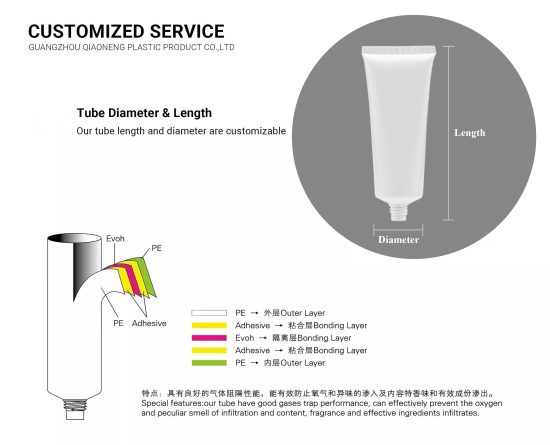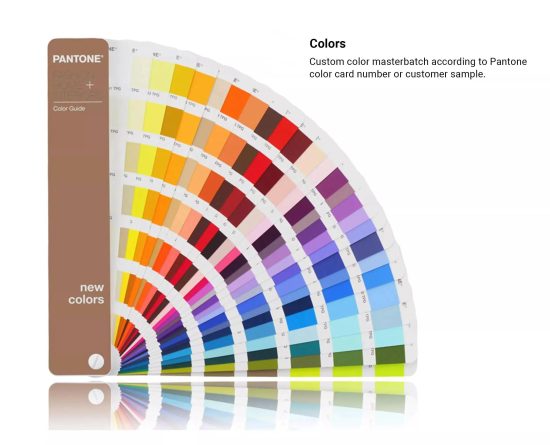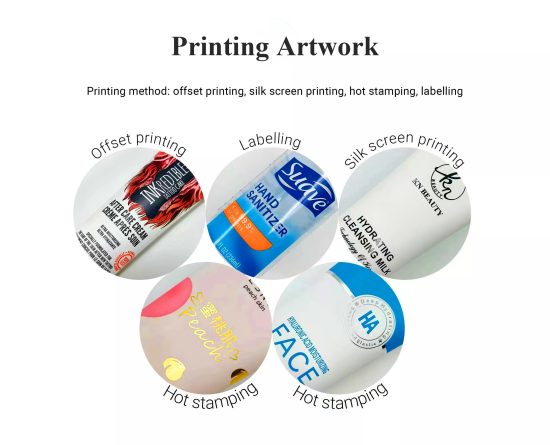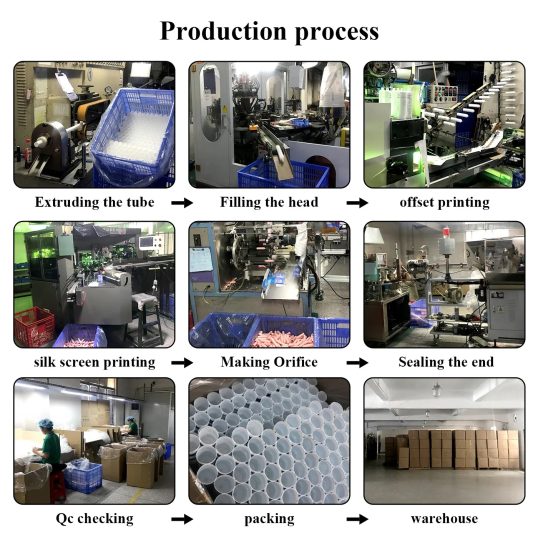Cosmetic tubes are a popular packaging choice in the beauty industry for various reasons. Their characteristics and advantages include:
- Versatility: Cosmetic tubes come in various sizes, shapes, and materials, offering versatility in packaging options for different types of products such as creams, lotions, gels, and serums.
- Hygienic: Tubes are airtight and can be designed with features like airless pumps or nozzles, preventing contamination and preserving the product’s integrity.
- Portability: Their compact and lightweight nature makes them convenient for travel and on-the-go use, fitting easily into bags or pockets.
- Product Preservation: They provide excellent protection against external elements like air, light, and moisture, ensuring the stability and longevity of the product.
- Sustainability: Many tubes are recyclable, and some are made from eco-friendly materials, contributing to sustainable packaging initiatives.
- Ease of Use: Tubes often come with user-friendly dispensing mechanisms, allowing controlled and precise product application, reducing wastage.
- Customizable: Brands can easily customize tubes with various printing techniques, labels, and designs to create eye-catching packaging that aligns with their brand identity.
Overall, cosmetic tubes offer a blend of practicality, protection, and aesthetic appeal, making them a favored choice for packaging beauty and skincare products.
The materials used for cosmetic tubes vary, catering to different product requirements and functionalities:
- Plastic Tubes: Among the most common materials, including Polyethylene (PE), Polypropylene (PP), Polylactic Acid (PLA), etc. Plastic tubes are lightweight, durable, and suitable for various cosmetics such as lotions, creams, gels, etc. They often offer good durability and resistance while being relatively cost-effective.
- Aluminum Tubes: Lightweight and offering excellent barrier properties against gases, light, and moisture, aluminum tubes are common in some high-end skincare and cosmetic products like creams, masks, etc. Additionally, aluminum tubes are highly recyclable.
- Composite Tubes: Blending the advantages of different materials like plastic/aluminum, plastic/PE, plastic/EVOH, etc. Composite tubes balance the durability of plastic tubes with the superior barrier properties of aluminum, suitable for products requiring enhanced protection.
- Biodegradable Materials: With the rise in sustainability awareness, some cosmetic tubes are made from bio-based or biodegradable materials such as starch-based plastics, paper tubes, etc. These materials offer significant environmental advantages but often require more technical and cost support.
Each material has its unique characteristics and suitable applications. Brands consider factors like product nature, market positioning, and environmental consciousness while selecting the material for cosmetic tubes.














